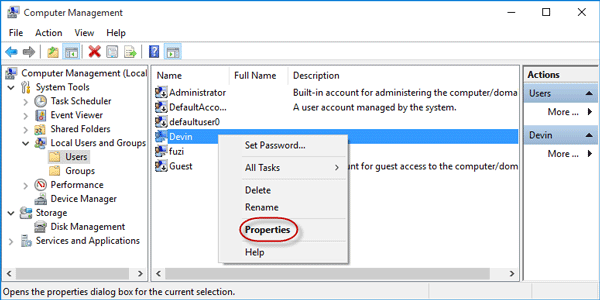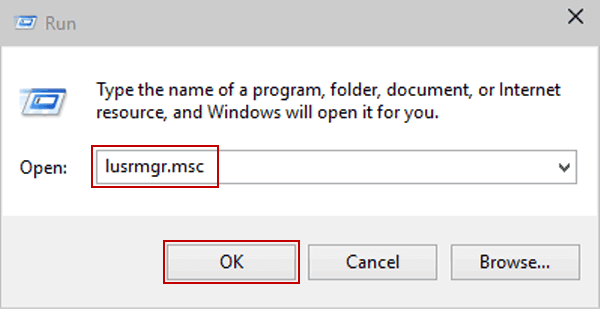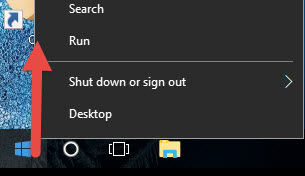


For Active Directory, there are two types of administrative responsibilities: In the Windows Server operating system, there are several built-in accounts and security groups that are preconfigured with the appropriate rights and permissions to perform specific tasks. Security groups are used to collect user accounts, computer accounts, and other groups into manageable units. User accounts can also be used as dedicated service accounts for some applications. These accounts represent a physical entity (a person or a computer). There are two forms of common security principals in Active Directory: user accounts and computer accounts. Step 2: Type lusrmgr (or lusrmgr.msc) and press Enter key.This reference topic for the IT professional describes the default Active Directory security groups. Step 1: Start typing powershell in the Windows Start menu, and then click on the Windows PowerShell from the search result to open a Windows PowerShell window. This will open the Local Users and Groups. Step 2: Type lusrmgr (or lusrmgr.msc) and press Enter key. Step 1: Press Windows + X and then select Command Prompt to open a Command Prompt window. Step 2: Expand the System Tools and then select Local Users and Groups. Step 1: Launch File Explorer, then right-click on This PC and select Manage. Step 2: Type lusrmgr.msc in the Open box, and click OK. Step 1: Open the Run dialog by pressing Windows + R keys. Then the Local Users and Groups window will open. Start typing lusrmgr.msc in the ”Search the web and Windows” box located on the left side of the taskbar, and then click on the lusrmgr.msc showing under the Best match. 5 ways to open Local Users and Groups in Windows 10 Way 1: using the Search box If you have no idea how to open Local Users and Groups in Windows 10, check out this page. But it seems that it is a hidden utility and not easy to find in Windows 10.

Sometimes, you may need to access Local Users and Groups to manage your users and groups or change some settings.


 0 kommentar(er)
0 kommentar(er)
